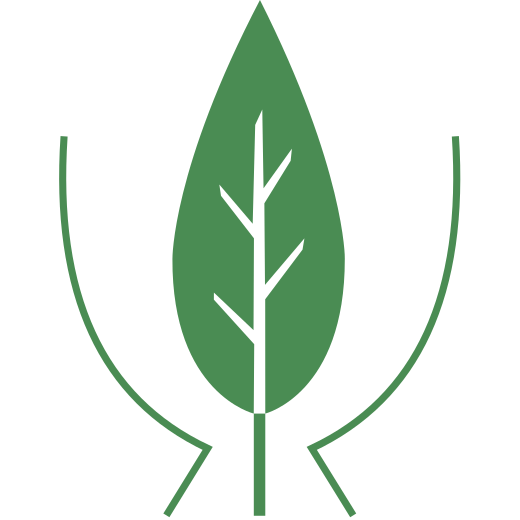Care guidelines for PLAN/INAD are now in progress
Translation of an English article by Patricia Wood
Thanks to the support of four organizations funding the project, consensus guidelines for the treatment and care of a form of NBIA known as PLAN or PLA2G6-associated neurodegeneration are now underway.
This is the third NBIA disorder for which researchers have developed best practices. The other two are more common forms of NBIA, PKAN and BPAN. PLAN encompasses a wide range of symptoms, and depending on the age of those affected and their symptoms, they can be categorized into one of three subtypes: INAD, aNAD or PLA2G6-related dystonia-parkinsonism.
Four organizations have joined forces to support "Best Practices in the Care and Treatment of People with PLAN". In addition to the NBIA Disorders Association, these are the INADcure Foundation, a US-based non-profit organization that advocates for people with INAD and other subtypes of PLAN, and the NBIA sister organizations Associazione Italiana Sindromi Neurodegenerative da Accumulo di Ferro (AISNAF) in Italy and Hoffnungsbaum e.V. in Germany.
Picture: Dr. Susan Hayflick from OHSU
Dr. Susan Hayflick of OHSU is the principal investigator, working with her colleagues Dr. Jennifer Wilson as lead author and Allison Gregory, MS, as project director. This group also developed the care guidelines for PKAN and BPAN.
The main aim of this project is to advise clinicians on the best and most acceptable approach to the diagnosis, care or treatment of PLAN and its three subtypes. As INAD is the most common form of PLAN, a major part of the guideline is likely to focus on this subtype.
Best practice will be covered in the following areas: diagnostic assessment, initial treatment, pharmacological and surgical care, monitoring for complications, emergency management, educational support, nutrition, psychosocial support and any other areas identified by participants.
Input will also be sought from other leading PLAN experts, as well as selected parents, caregivers and funding patient organizations. Members of the larger patient and family community and other patient organizations will be invited to review and comment on the final draft of the guideline within two weeks.
The project will take approximately 12 months to produce a draft for publication. The total cost is US$50,308, which consists of staff costs covering the time and labor of the project team with their expertise, project management and coordination. Other costs include publication fees for free public access to the paper and travel costs for presenting the results at two conferences within a year of publication.
Translated from: December Newsletter 2022 of the NBIA Disorders Association, p. 4/5:
https://www.nbiadisorders.org/news-events/nbia-newsletters/62-2022-newsletters/477-2022-december-newsletter
Translated with www.DeepL.com/Translator (free version)

